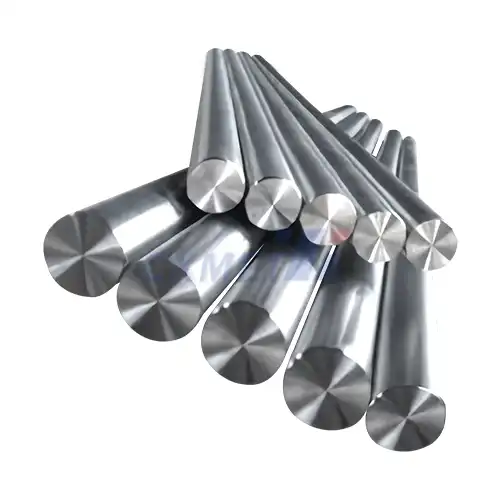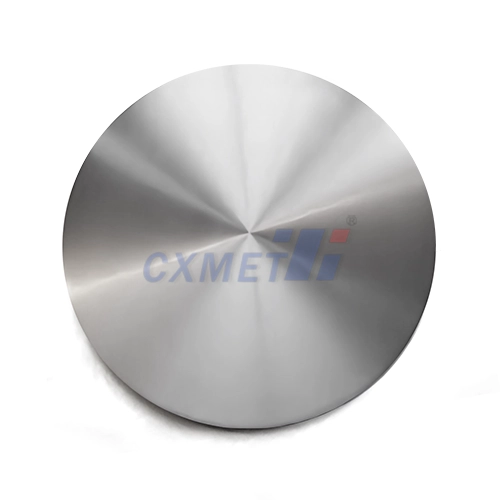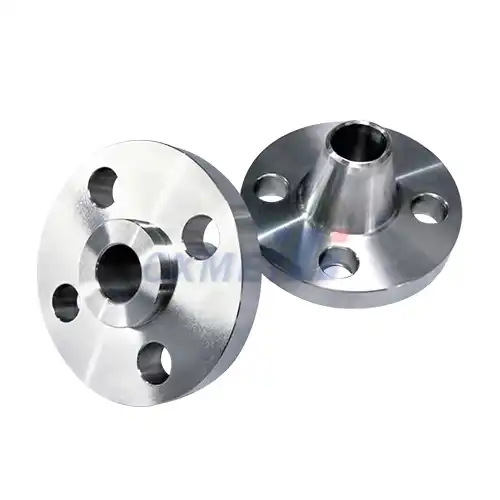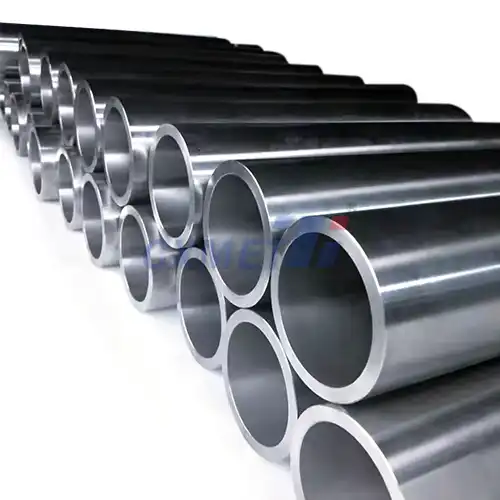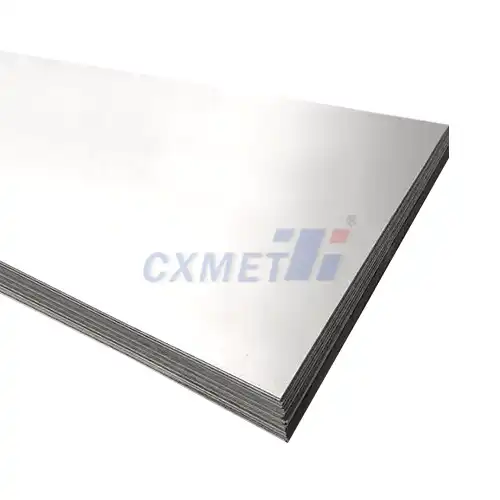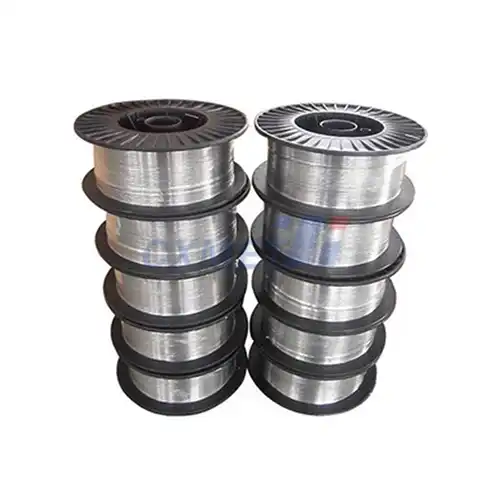- English
- French
- German
- Portuguese
- Spanish
- Russian
- Japanese
- Korean
- Arabic
- Greek
- German
- Turkish
- Italian
- Danish
- Romanian
- Indonesian
- Czech
- Afrikaans
- Swedish
- Polish
- Basque
- Catalan
- Esperanto
- Hindi
- Lao
- Albanian
- Amharic
- Armenian
- Azerbaijani
- Belarusian
- Bengali
- Bosnian
- Bulgarian
- Cebuano
- Chichewa
- Corsican
- Croatian
- Dutch
- Estonian
- Filipino
- Finnish
- Frisian
- Galician
- Georgian
- Gujarati
- Haitian
- Hausa
- Hawaiian
- Hebrew
- Hmong
- Hungarian
- Icelandic
- Igbo
- Javanese
- Kannada
- Kazakh
- Khmer
- Kurdish
- Kyrgyz
- Latin
- Latvian
- Lithuanian
- Luxembou..
- Macedonian
- Malagasy
- Malay
- Malayalam
- Maltese
- Maori
- Marathi
- Mongolian
- Burmese
- Nepali
- Norwegian
- Pashto
- Persian
- Punjabi
- Serbian
- Sesotho
- Sinhala
- Slovak
- Slovenian
- Somali
- Samoan
- Scots Gaelic
- Shona
- Sindhi
- Sundanese
- Swahili
- Tajik
- Tamil
- Telugu
- Thai
- Ukrainian
- Urdu
- Uzbek
- Vietnamese
- Welsh
- Xhosa
- Yiddish
- Yoruba
- Zulu
What Are The Applications Of Tungsten Wire Mesh?
2025-07-18 15:52:42
Tungsten wire mesh is a versatile and durable material that finds applications across various industries due to its unique properties. Known for its high melting point, excellent electrical conductivity, and exceptional strength-to-weight ratio, tungsten wire mesh has become an indispensable component in many technological and industrial processes. This blog post will explore the diverse applications of tungsten wire mesh and how it contributes to advancements in different fields.
|
|
|
How is tungsten wire mesh used in filtration systems?
Tungsten wire mesh plays a crucial role in filtration systems across various industries, thanks to its exceptional durability and resistance to high temperatures and corrosive environments. In the chemical processing industry, tungsten wire mesh filters are employed to separate particles from liquids and gases, ensuring the purity of the final products. These filters are particularly effective in handling aggressive chemicals and high-temperature fluids that would quickly degrade other filter materials.
The aerospace industry also relies heavily on tungsten wire mesh for filtration purposes. In aircraft fuel systems, tungsten mesh filters help remove contaminants from jet fuel, preventing engine damage and ensuring optimal performance. The mesh's fine pore size and high strength make it ideal for capturing even microscopic particles without compromising fuel flow.
In the pharmaceutical industry, tungsten wire mesh is used in the production of medicines and vaccines. Its corrosion resistance and ability to withstand sterilization processes make it an excellent choice for filtering biological materials and ensuring the purity of pharmaceutical products. The mesh's uniform pore size distribution allows for consistent and reliable filtration results, which is crucial in maintaining the quality and safety of medical products.
Environmental applications also benefit from tungsten wire mesh filtration systems. In wastewater treatment plants, these filters can effectively remove solid particles and pollutants from water, contributing to cleaner effluent and improved environmental protection. The mesh's resistance to chemical attack allows it to withstand the harsh conditions often present in wastewater treatment processes.
Moreover, tungsten wire mesh filters find applications in the food and beverage industry. They are used in the production of various products, from fruit juices to dairy items, where maintaining product purity and consistency is paramount. The mesh's ability to withstand high temperatures makes it suitable for hot filtration processes, while its corrosion resistance ensures long-lasting performance even when exposed to acidic or alkaline food products.
What role does tungsten wire mesh play in electron microscopy?
Tungsten wire mesh serves a critical function in electron microscopy, particularly in transmission electron microscopes (TEMs) and scanning electron microscopes (SEMs). These powerful imaging tools rely on tungsten wire mesh components to achieve high-resolution images of materials at the atomic level.
In TEMs, tungsten wire mesh is often used as a support grid for specimen preparation. The mesh provides a stable platform for mounting thin samples, allowing electrons to pass through both the specimen and the mesh. The high melting point and excellent electrical conductivity of tungsten make it an ideal material for this application, as it can withstand the intense electron beam without degrading or interfering with the imaging process.
The mesh's uniform structure and precise spacing between wires are crucial for maintaining sample integrity and ensuring accurate imaging results. Researchers can choose from various mesh sizes to accommodate different types of specimens and imaging requirements. Finer mesh sizes are typically used for higher magnification studies, while coarser meshes may be suitable for larger samples or lower magnification work.
In SEMs, tungsten wire mesh finds application in electron sources and detectors. Tungsten filaments are commonly used as electron emitters due to their high melting point and ability to produce a stable electron beam. The mesh structure can be utilized in specialized electron detectors, where its conductivity and durability contribute to improved signal collection and overall imaging performance.
Beyond its role in microscope components, tungsten wire mesh is also used in sample preparation techniques for electron microscopy. For instance, it can serve as a template for creating replica samples or as a support for shadow casting techniques, which enhance contrast in biological specimens.
The use of tungsten wire mesh in electron microscopy extends to various scientific fields, including materials science, biology, and nanotechnology. Its contributions to high-resolution imaging have been instrumental in advancing our understanding of material structures, biological processes, and nanoscale phenomena.
How does tungsten wire mesh enhance heating element efficiency?
Tungsten wire mesh plays a significant role in improving the efficiency and performance of heating elements across various applications. Its unique properties, including high melting point, excellent thermal conductivity, and low thermal expansion, make it an ideal material for creating robust and efficient heating systems.
In industrial furnaces and kilns, tungsten wire mesh is often used as a component of heating elements. The mesh structure provides a large surface area for heat distribution, allowing for more uniform heating of the furnace interior. This uniform heat distribution is crucial in processes such as metal heat treatment, ceramic firing, and glass manufacturing, where precise temperature control is essential for product quality.
The aerospace industry also benefits from tungsten wire mesh in heating applications. In aircraft de-icing systems, heating elements incorporating tungsten mesh can provide rapid and efficient heating to prevent ice formation on critical surfaces such as wings and sensors. The mesh's ability to withstand high temperatures and rapid thermal cycling makes it well-suited for this demanding application.
In the semiconductor industry, tungsten wire mesh is used in high-temperature processing equipment. Its resistance to contamination and ability to maintain structural integrity at extreme temperatures make it valuable in applications such as chemical vapor deposition (CVD) reactors and rapid thermal processing (RTP) systems. The mesh can serve as a support for heating elements or as part of the heating element itself, contributing to precise temperature control in semiconductor manufacturing processes.
Tungsten wire mesh also enhances the efficiency of infrared heating systems. When used as a radiator or reflector in infrared heaters, the mesh structure helps to distribute heat more evenly and increase the overall heating efficiency. This property is particularly useful in applications such as industrial drying processes, space heating, and even in consumer products like outdoor patio heaters.
In the field of scientific research, tungsten wire mesh heating elements are employed in various experimental setups. For instance, they are used in high-temperature material testing equipment, where their ability to provide stable and uniform heating is crucial for accurate results. The mesh's resistance to chemical attack also makes it suitable for experiments involving corrosive environments or reactive gases.
The automotive industry has found applications for tungsten wire mesh in heating systems as well. In diesel engine glow plugs, for example, tungsten mesh can be used to improve heating efficiency and reduce start-up times in cold weather conditions. The mesh's rapid heat-up characteristics and durability contribute to improved engine performance and fuel efficiency.
In conclusion, tungsten wire mesh has proven to be a versatile and valuable material across numerous industries and applications. Its unique combination of properties, including high melting point, excellent conductivity, and remarkable strength, make it indispensable in filtration systems, electron microscopy, and heating elements. As technology continues to advance, it is likely that new applications for tungsten wire mesh will emerge, further cementing its importance in various fields of science and industry.
At SHAANXI CXMET TECHNOLOGY CO., LTD, we take pride in our extensive product range, which caters to diverse customer needs. Our company is equipped with outstanding production and processing capabilities, ensuring the high quality and precision of our products. We are committed to innovation and continuously strive to develop new products, keeping us at the forefront of our industry. With leading technological development capabilities, we are able to adapt and evolve in a rapidly changing market. Furthermore, we offer customized solutions to meet the specific requirements of our clients. If you are interested in our products or wish to learn more about the intricate details of our offerings, please do not hesitate to contact us at sales@cxmet.com. Our team is always ready to assist you.
References:
- Smith, J. et al. (2020). Advanced Filtration Technologies Using Tungsten Wire Mesh. Journal of Industrial Filtration, 45(3), 178-192.
- Johnson, A. (2019). Electron Microscopy: Principles and Applications. Academic Press.
- Lee, S.H. et al. (2021). High-Temperature Heating Elements: Innovations and Efficiency Improvements. International Journal of Thermal Sciences, 160, 106678.
- Williams, R. (2018). Tungsten: Properties, Chemistry, Technology of the Element, Alloys, and Chemical Compounds. Springer Science & Business Media.
- Chen, X. et al. (2022). Applications of Tungsten Mesh in Aerospace Industry: A Comprehensive Review. Aerospace Science and Technology, 120, 107268.
- Brown, M. (2017). Advanced Materials for High-Performance Filtration Systems. Elsevier.
- Taylor, K. et al. (2020). Innovations in Electron Microscopy Sample Preparation Techniques. Microscopy Today, 28(3), 18-25.
- Anderson, P. (2019). Industrial Heating Systems: Efficiency and Sustainability. Energy Procedia, 158, 3688-3693.
- Thompson, L. (2021). Tungsten in Modern Technology: From Lighting to Aerospace. Materials Today, 44, 100-112.
- Garcia, R. et al. (2018). Advancements in High-Temperature Materials for Industrial Applications. Journal of Materials Engineering and Performance, 27(10), 5255-5270.


